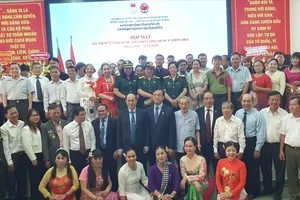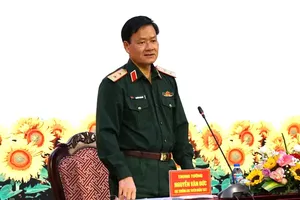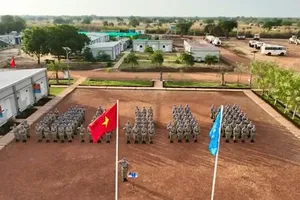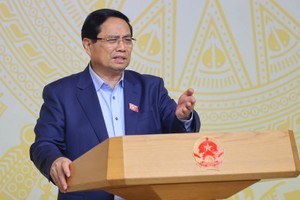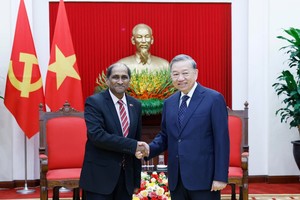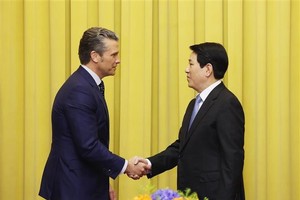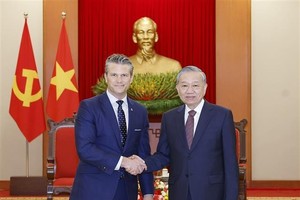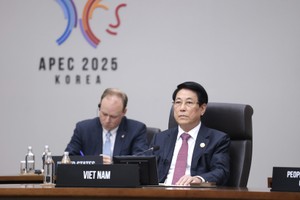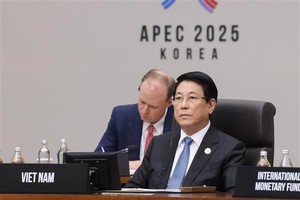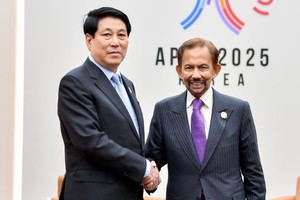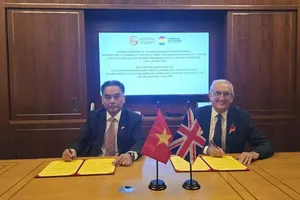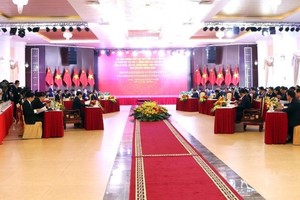KABUL, March 9, 2011 (AFP) - The impact of the Afghanistan war on ordinary people was laid bare Wednesday by UN figures showing a 15 percent increase in the number of civilians killed last year, the highest annual toll since 2001.
Insurgents were responsible for 75 percent of all civilian deaths, up 28 percent on 2009, the statistics said.
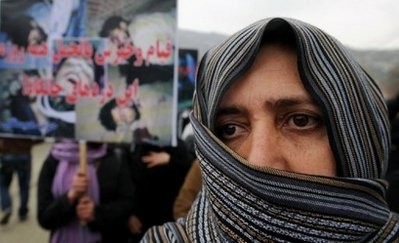
That compared to 16 percent for international and Afghan government forces, down 26 percent. Responsibility for nine percent of deaths could not be attributed.
Civilian deaths caused by coalition forces is a highly sensitive issue in Afghanistan, and one that came under the spotlight again last week when nine young boys were mistakenly killed in an air strike in eastern Afghanistan.
President Hamid Karzai rejected a rare public apology over the incident from General David Petraeus, the US commander of troops in Afghanistan, and US Defence Secretary Robert Gates followed it with his own apology during a visit to the country on Monday.
The civilian figures were released by the United Nations Assistance Mission in Afghanistan (UNAMA) and the Afghanistan Independent Human Rights Commission (AIHRC).
They indicate that the number of Afghan civilians killed in the war last year stood at nearly eight per day and is nearly four times higher than the 2010 death toll for international troops.
That stood at 711, according to independent website iCasualties.org.
"In a year of intensified armed conflict, with a surge of activity by pro-government forces and increased use of improvised explosive devices and assassinations by anti-government elements, Afghan civilians paid the price with their lives in even greater numbers in 2010," said Ivan Simonovic, the UN's assistant secretary-general for human rights.
A UN spokesman in Kabul confirmed that the civilian death toll was the highest since the Taliban were ousted by a US-led invasion in 2001, triggering an insurgency fought with increasing intensity in recent years.
An extra 30,000 troops were sent to Afghanistan in a bid to break the Taliban following an announcement by US President Barack Obama in December 2009.
Suicide attacks and improvised explosive devices (IEDs) were the biggest killers in 2010, taking the lives of 1,141 people or 55 percent of all those killed by insurgents, the report said.
It also revealed that 462 civilians were assassinated by insurgents, a 105 percent increase on the previous year, with huge spikes in the key Taliban strongholds of Helmand and Kandahar in southern Afghanistan.
Meanwhile, air strikes by pro-government forces killed 171 people.
UNAMA and AIHRC called for all parties involved in fighting the war to take greater care to protect civilians in 2011, when politicians, officials and military figures have predicted more bloodshed amid the transition process.
"2011 should be a year of escalating civilian protection, not another year of increasing civilian casualties," said Georgette Gagnon, UNAMA's director of human rights.
"We urge all parties to the armed conflict -- the anti-government elements, the government of Afghanistan and international military forces -- to do far more in 2011 to comply with their legal responsibilities to protect civilians."
